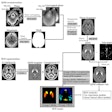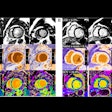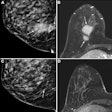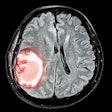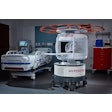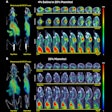Prostate biopsies performed with MRI are more likely to find aggressive tumors than those that rely on ultrasound, according to a study presented this week at the American Urological Association (AUA) meeting in Orlando, FL.
In the study, Dr. Gerald Andriole, chief of urology at Washington University School of Medicine and Barnes-Jewish Hospital, evaluated his experience with MRI-guided prostate biopsies in 70 men who had the procedure between December 2010 and July 2013. Their average age was 65 and their prostate-specific antigen (PSA) levels averaged just above 8 ng/mL. Prostate biopsies are often recommended when PSA levels rise above 4 ng/mL.
For each patient, Andriole took multiple tissue samples in areas of the prostate that looked suspicious for cancer, as well as in nonsuspicious areas where cancers may have been too small to visualize with MRI.
The analysis showed that biopsies targeted to suspicious areas of the prostate were nearly three times more likely to find cancer than those targeted to nonsuspicious areas. In addition, biopsies targeted to suspicious areas were four times more likely to detect aggressive tumors that warranted treatment.
MRI accurately predicted a positive biopsy 62% of the time, prompting Andriole to note that the modality is not perfect. For men with elevated PSA, biopsies targeted to suspicious areas with MRI missed approximately 7% of aggressive tumors. By comparison, ultrasound biopsies typically miss up to 20% of aggressive cancers.
However, as MRI technology improves, prostate cancer screening could become similar to mammography screening for breast cancer, according to Andriole.


.fFmgij6Hin.png?auto=compress%2Cformat&fit=crop&h=100&q=70&w=100)



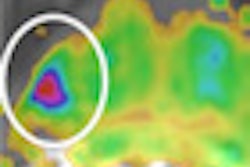
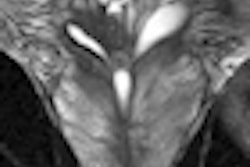
.fFmgij6Hin.png?auto=compress%2Cformat&fit=crop&h=167&q=70&w=250)





